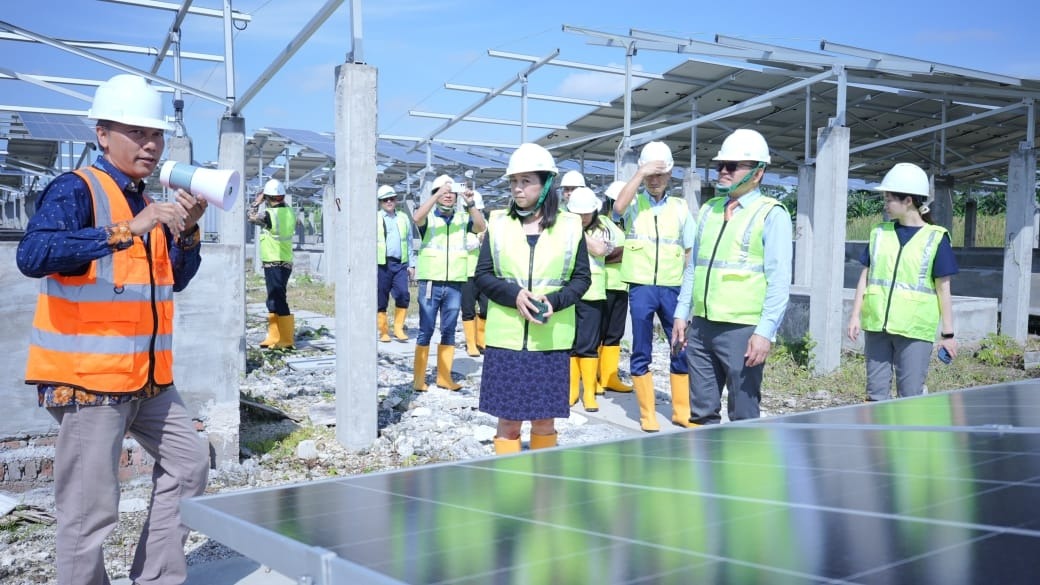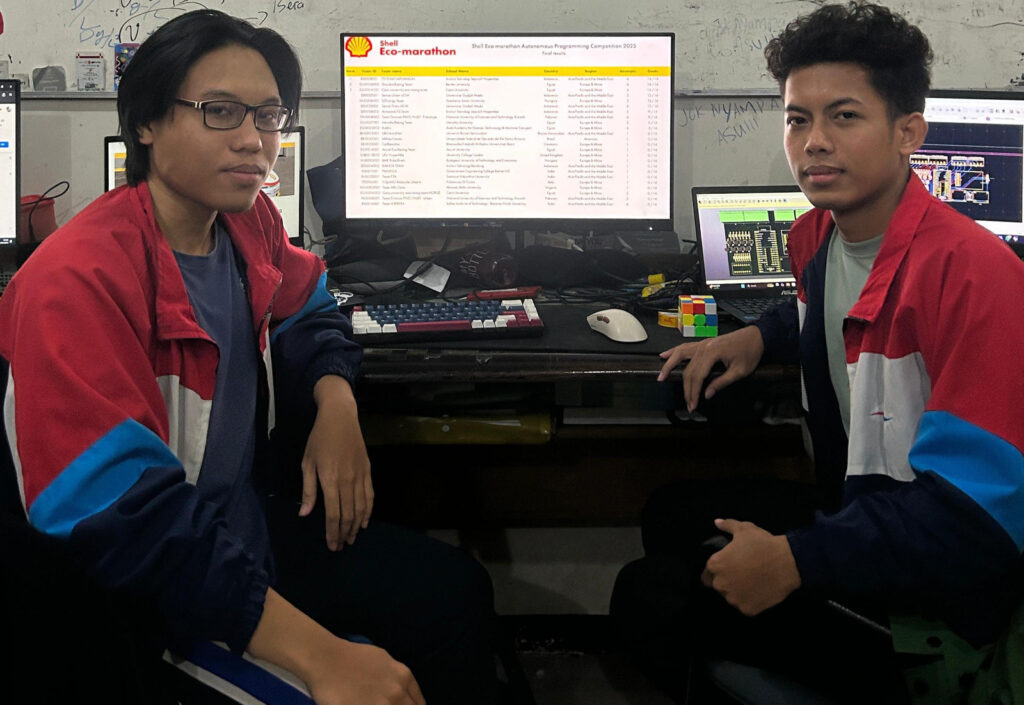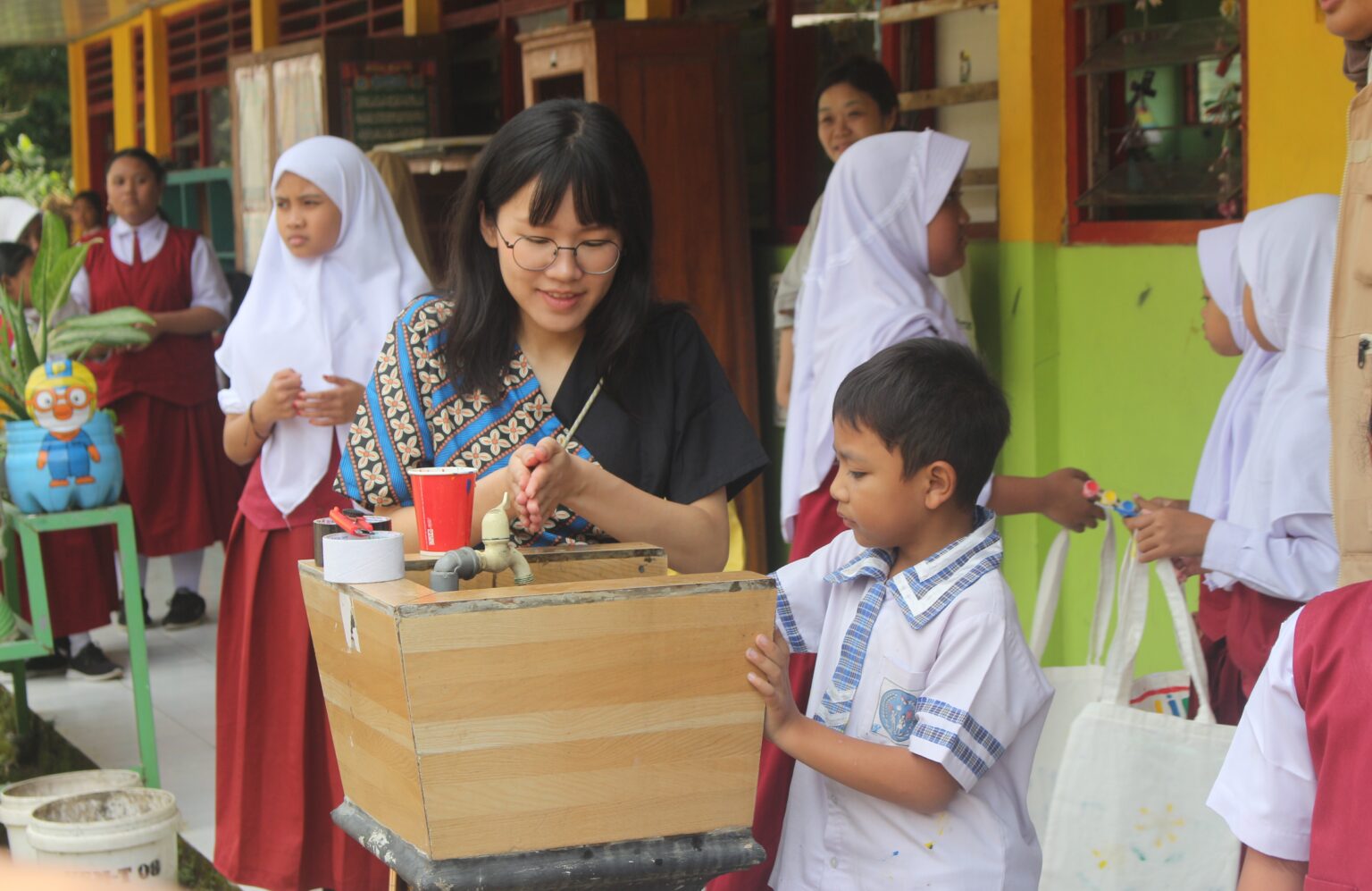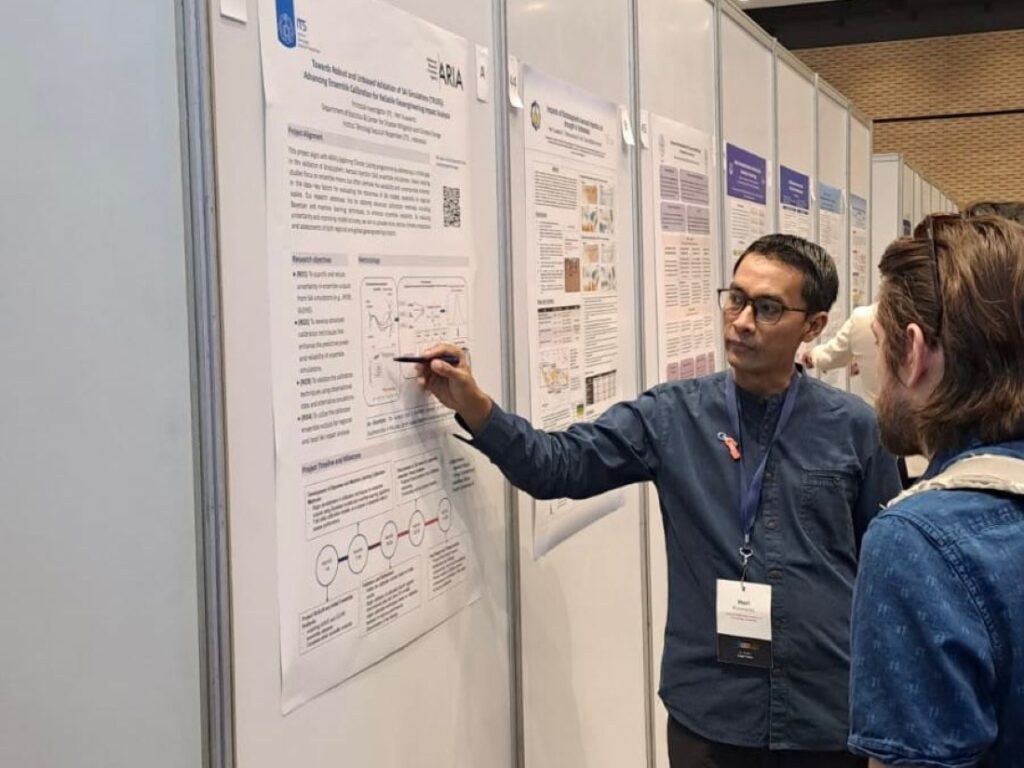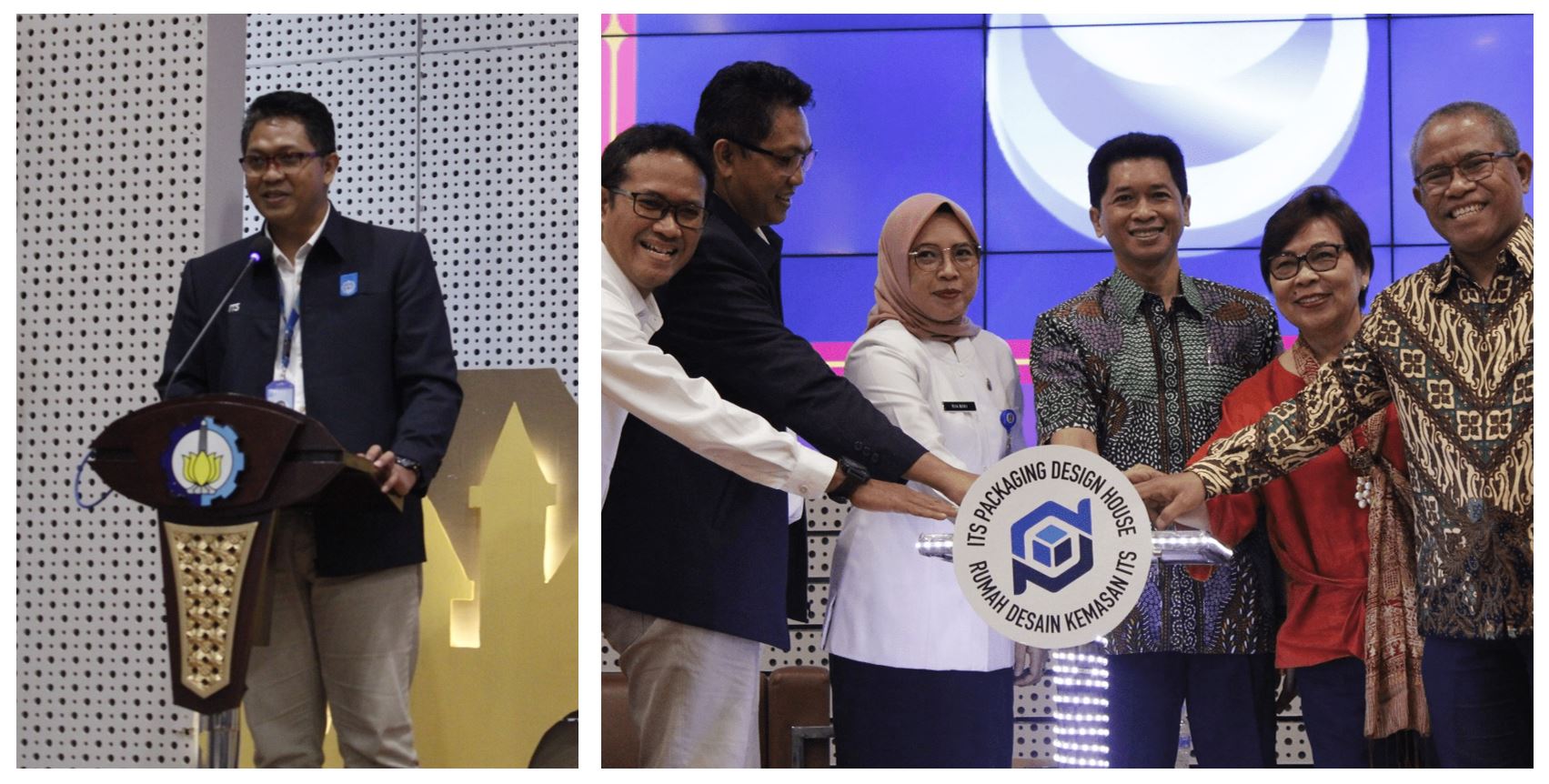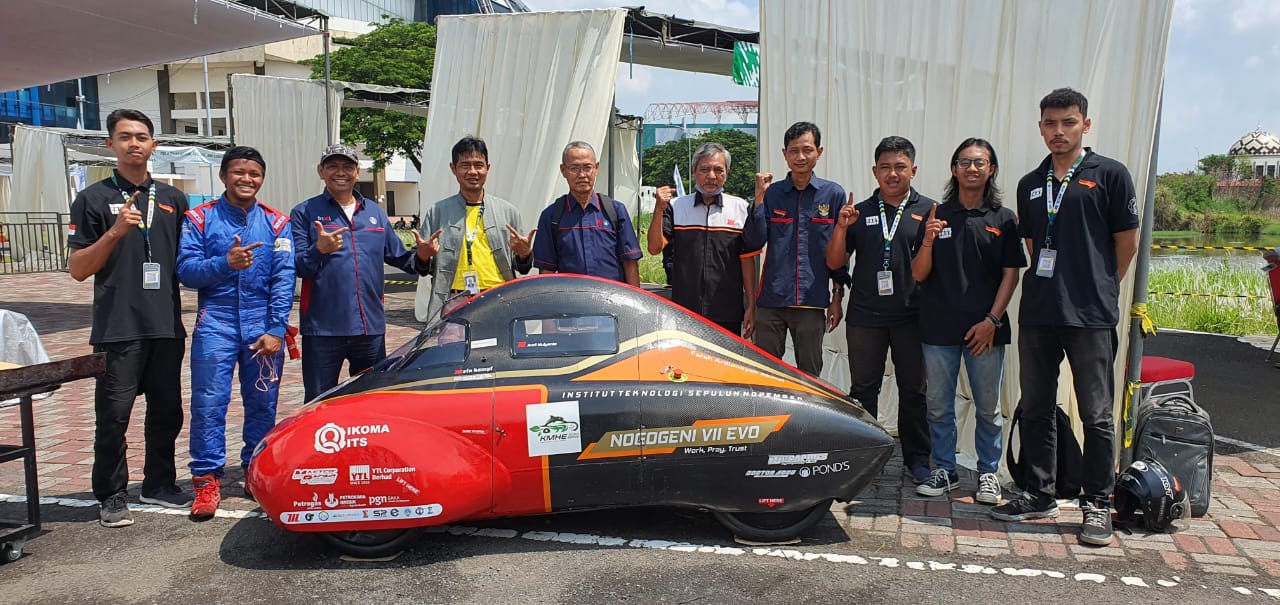A professor from the Department of Biology at Institut Teknologi Sepuluh Nopember (ITS) highlights that Indonesian waters host not only fish, phytoplankton, and zooplankton, but also diverse microorganisms. Among them, bacteria possess unique metabolic abilities that allow them to recycle various organic and inorganic materials. “This is what enables certain bacteria to survive even in piles of plastic waste,” she explained.
Since 2013, Maya has focused on identifying bacterial isolates capable of degrading plastic. Her research employs several approaches, including Winogradsky column simulation, soil burial, and overlying water systems. Plastic bag fragments were placed into contaminated sediments and seawater to allow bacteria to adapt and initiate degradation.
Through stepwise isolation and characterization using biochemical tests and 16S rRNA gene analysis, she identified bacteria from the genera Bacillus, Brevibacillus, Lysinibacillus, and Pseudomonas. These bacteria produce enzymes such as lipase, alkane hydroxylase, and ligninolytic enzymes, which collectively reduce dry plastic weight by up to 12 percent in 16 weeks.
The study opens pathways to explore genes involved in plastic degradation and environmental factors that enhance enzyme activity. Maya aims to translate this research into innovative solutions that support the bio-circular economy. She emphasizes that mangrove ecosystems may hold key biological answers to global plastic pollution challenges. Her findings also advance green biotechnology and contribute to SDG 12, SDG 14, and SDG 15 through environmentally friendly and sustainable waste-management solutions from ITS.







